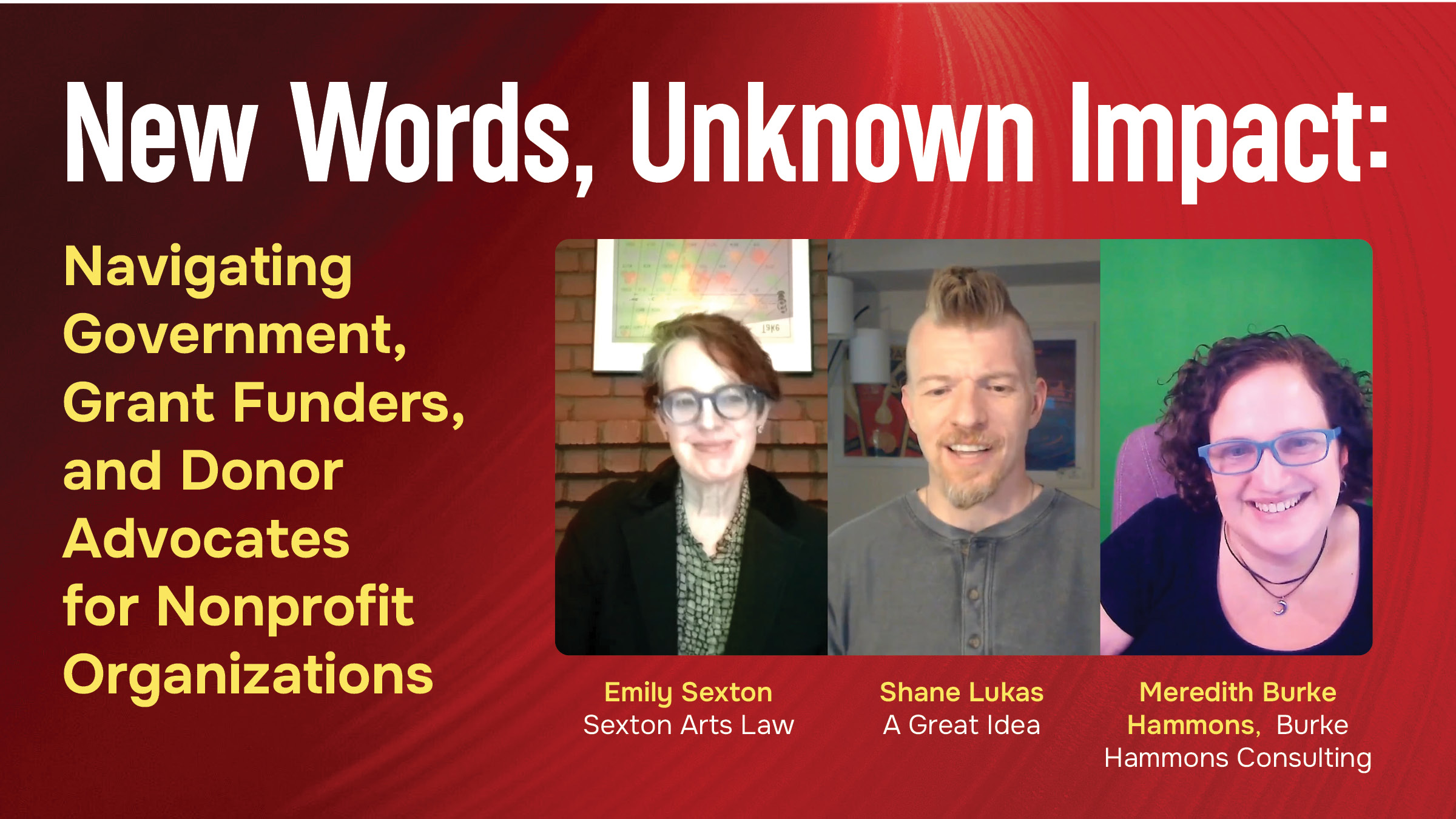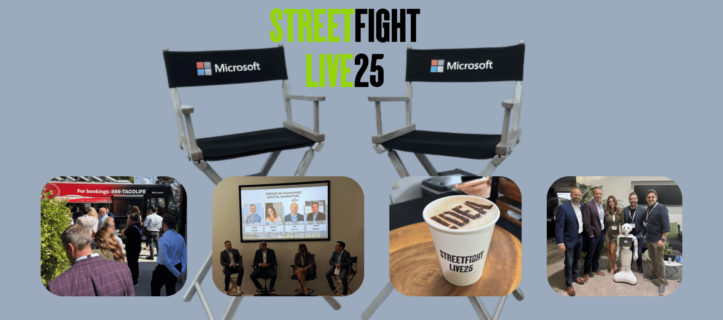10 Ways We Measured A Decade of Impact Metrics
Practical Tools for Tracking Real-World Impact in Non-Profit and Social Justice Communications

A decade of working alongside our incredible partners has made it clear that social impact rarely looks exactly the way we expect.
In the for-profit world, tools for tracking communications metrics are everywhere—but these tools and systems don’t always fit the reality of nonprofits and advocacy work. Movement communicators face a different challenge altogether. At the heart of it all is the question: What actually changed because we spoke up?
To answer this, we created our new white paper, Metrics of Change: How to Measure Impact in Communications Strategies for Social Justice. It’s made for movement communicators who need clear, practical ways to track real-world influence and refine their strategies beyond the numbers.
Since we’re celebrating 10 years, we’re sharing 10 time-tested ways to measure nonprofit impact. Each of these metrics has been shaped, tested, and proven in our work over this past decade. We believe these are essential tools for communicators driving social change:
Policy Influence
Communications can shift laws and protect rights. When your work fuels advocacy that results in new policies—or blocks harmful ones—you’ve created tangible social impact.
Media Visibility
Despite common parlance, not all press is good press. Track the type, tone, and reach of your earned media coverage to tell you how your message is landing with and beyond your core audience.
Volunteer Growth
Here, numbers do matter. More sign-ups and stronger retention reflect communications strategies that build lasting trust and commitment.
Fundraising and Financial Health
Good storytelling drives giving. Measure trends in your incoming grassroots donations or grant awards to help you link narrative strength with financial health.
Shifting Narratives
Think about the cultural landscape of your community. When phrases, frames, or ideas you have worked to seed show up in public conversation, that’s nonprofit impact measurement at scale.
Organizational Capacity
Impact isn’t only external, and neither are communications. Effective internal communications improve team collaboration, staff buy-in, and organizational resilience.
Digital Engagement
Tracking or comparing social media metrics and communications analytics like impressions, shares, and conversions helps you evaluate whether your digital campaigns and media are connecting meaningfully to your desired audience.
Event Participation
Event attendance and participation rates reflect whether people feel included and motivated by your mission and messaging.
Community Feedback
Surveys and listening sessions are a critical and often overlooked part of impact measurement. They keep your communications strategies grounded in lived experience and community accountability. This helps build trust and clarity!
Long-Term Frameworks
Frameworks like theories of change, ripple effect mapping, or logic models help nonprofits measure impact over time and align communications with core mission and values.
If the last decade has shown us anything, it’s that not all impact can be measured by likes or clicks. In other words, follower counts don’t tell the story of our partners’ impact—though they don’t hurt.
The sort of progress our partners drive can be found in policy wins, community strength, cultural shifts, and sustainable organizational growth.
Our white paper, Metrics of Change, gets deeper into these strategies and offers practical tools for nonprofit leaders, communicators, and advocates looking to deepen their skillset.
Here’s to the next 10 years of building—and communicating towards—a world rooted in justice, care, and community!
This is part of A Great Idea's 10th Anniversary celebration, recognizing a decade of creative and content solutions that engage advocacy for impact! See more of our 10th anniversary content here.




